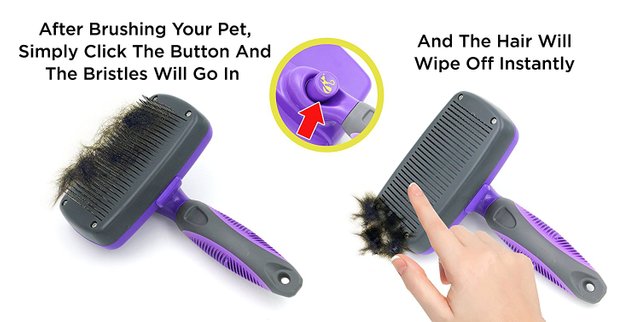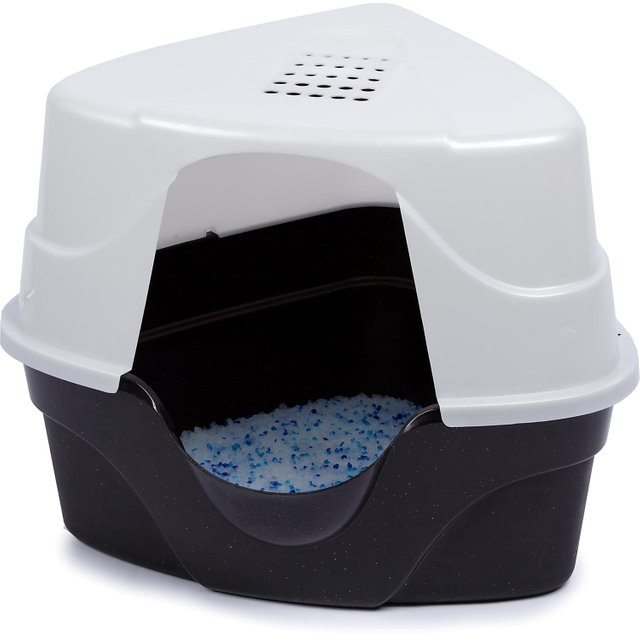Taking Care of Very Old Cats - Arthritis
As our cats have gotten into their twenties, we have noticed that they each show signs of arthritis.
Our cat TT (around age 18), and my wife.
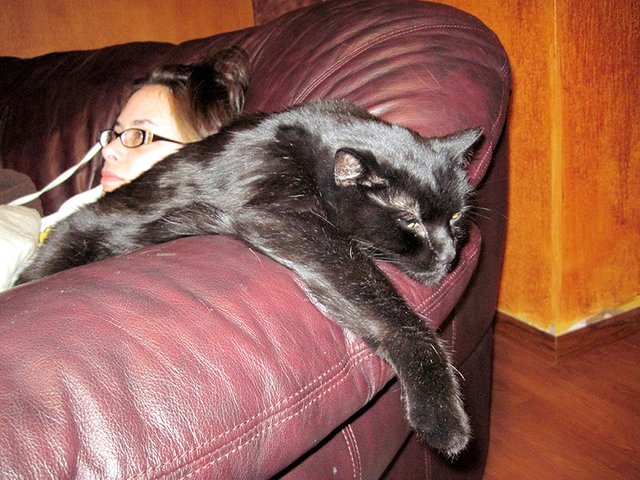
Both of our cats used to be able to jump up to any counter in the home, and once they were up, they could jump down anytime they wanted. But they don't do that anymore.
Our oldest cat will put his front two paws up to where he wants to go and his back legs never make it up. This is one of several classic signs of age related arthritis in kitties.
Each cat steps more carefully over the blankets on the couch and bed. They seem to lose their footing easily and their knees seem to give out when that happens.
The vet told us that every cat she has met over the age of 15 has had some form of arthritis. So this is common and it seems there is no way around it. We got advice from the vet and numerous online sources so this post will go through how we put this advice into practice. Hopefully this experience will be helpful to another kitty and their owner out there somewhere.
I have broken down the topic of arthritis into the following 4 sections...
- Adding Steps
- Supplementing Food
- New Litter Boxes
- Daily Brushing
Adding Steps
We have added make-shift steps to all of the cat's favorite locations. Every couch, bed, and even their favorite sink has one of these 15 inch high storage ottomans from Wal-Mart.
https://www.walmart.com/ip/Bintopia-Collapsible-Ottoman-Heather-Gray-Teal-Trim/121550371

Living Room Couch
We actually had to put 2 of these boxes near our couch where we all sit together every night. While the cats use them to get up and down, they also like to sit on the boxes too. This can cause a fight because they get possessive over being the only cat allowed to sit on the box!
Supplementing Food
There are some really good vitamins out there for cats with arthritis. You should still work with your vet because there are many types of arthritis. However, Degenerative Arthritis is the most common form where the slick cushion at the end of the bones is starting to wear away due to old age and lots of use. Without this cushion, the bones rub together causing pain and inflammation.
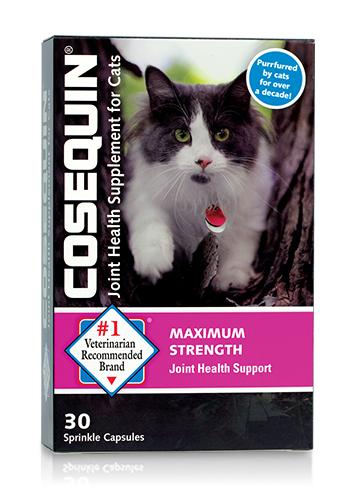
We started using Cosequin which is a fine supplement for Degenerative Arthritis that contains glucosamine, used by the body to generate more slick cushion in our joints.
However, our vet eventually moved us to Platinum Performance vitamins for cats that contains glucosamine as well as a host of other good stuff for kitties. I think that both cats have actually started to like and prefer this stuff in their food. We mix in a bit of this powdered vitamin to their wet food each morning.
https://www.platinumperformance.com/platinum-performance-feline
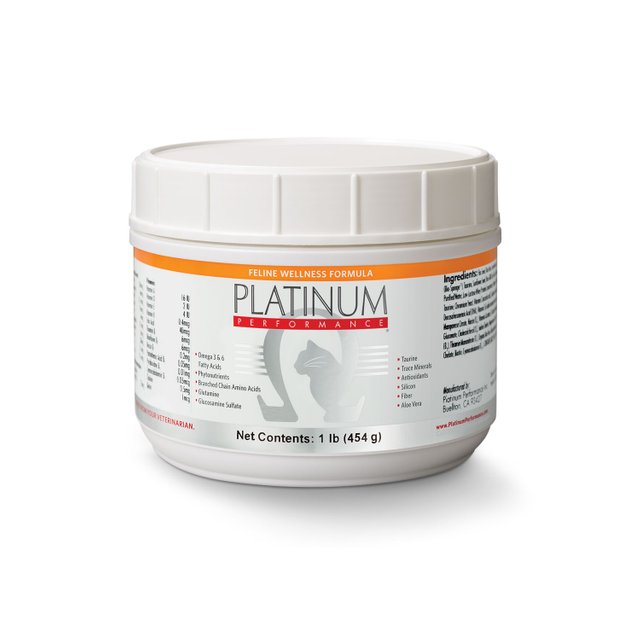

Pain Killer
On top of the daily vitamins to help rebuild their joints, we also give our cats a natural pain killer for arthritis that works really well called, Arthro-Ionx.
The reviews for Arthro-Ionx are stellar and we have noticed a major difference in behavior and attitude for both cats after consuming this. They each act a bit more like a kitten, they are more willing to run and play for greater lengths.
We started to put the Arthro-Ionx directly into their wet food every morning and again at night. It is a tasteless, odorless liquid that is all natural, so it is totally safe.
New Litter Boxes
We came home one day recently and we could not find our oldest kitty who is now 21 years of age. We looked everywhere and eventually found him hiding under the covers of our bed. Which is something he never does.
It was clear that he had stepped in his own pee and poop in the litter box. He got lots of wet litter stuck in between his paws, he was a mess, and he was embarrassed.
This is an important difference between cats and dogs. If a dog has a problem like this, they will probably seek out human assistance. Cats are different though, they will often instinctively hide in these situations. My cat did not want to make a mess, it was just the opposite.
Normally he could clean himself but with his arthritis it is very difficult for him to reach his back paws anymore. He didn't know what to do, he was pretty upset about it, so he hid in our bed, making a kitty litter mess on our sheets.
We cleaned him up right away, he wasn't like that for long, and he seemed genuinely thankful for our help.
But it also became apparent that we need to change out the litter boxes. As cats mature, they get bigger and owners like us seek bigger litter boxes. Over the past 21 years, we had all become used to very tall, very large litter boxes for mature, male cats. These litter boxes had lids and a little door allowing the cat to get in and out with some privacy.
Yet, as the cats aged, they found it harder to step over their own pee to get out the door. The door only allows the cat to exit in one place and one direction. If there is something blocking that doorway, it will get stepped in. Especially if the kitty can not move well anymore due to arthritis.
When we visited the pet store looking for smaller litter boxes, we were only able to find what looked to be litter boxes designed for kittens, not mature, male cats. The smaller litter boxes designed for kittens were the height we were looking for but they were intended for much smaller cat. So our adult cats just would not fit into these tiny litter boxes. Which was very disappointing.
We ended up going to Lowes to purchase some storage containers. They have plastic containers in a huge variety of shapes and sizes. We were easily able to find the perfect litter box at Lowes for a fraction of the price found at pet stores. There is no lid for these anymore allowing the cat to exit the box in any direction, and this has resulted in far less litter all over the house, not just in our bed!
https://www.lowes.com/pd/Ziploc-6-6-Gallon-Clear-Tote-with-Latching-Lid/50211213
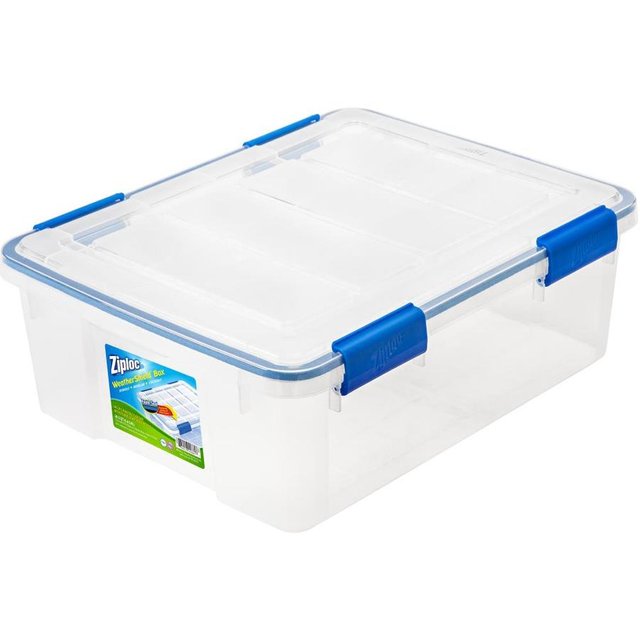
Daily Brushing
My oldest cat cannot reach his hind legs anymore, nor can he reach his own underbelly for grooming. So he starts to develop dreads on his belly and along his back legs. He cannot groom his back so well anymore either so we also notice there is dandruff building up in his fur that is rather noticeable.
I try to brush both cats daily just to give them a head start on grooming but I forget sometimes and dreads build up quickly on longer haired cats.
So we have two different brushes. One is for cutting out dreads, it is sharp and has blades on it.
https://www.amazon.com/dp/B01MTK7EMX/ref=asc_df_B01MTK7EMX5168444/
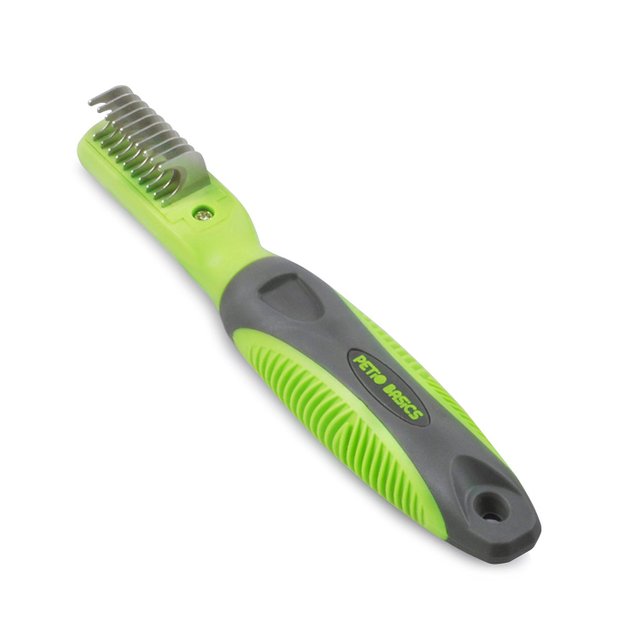
I grab the dread near the skin of the cat, then push the blades of this brush through the dread to break it up. I hold the dread tightly while pulling the blades through the dread, so I do not pull the cats hair too hard.
Once I have put several slices into the dread, I can use a normal cat brush to brush out the rest of the dread. We prefer to use these self cleaning brushes depicted below because it just makes life a little easier and therefore, encourages more brushing.
https://www.amazon.com/Hertzko-Self-Cleaning-Slicker-Brush/dp/B00ZGPI3OY/ref=sr_1_1?qid=1505353637
